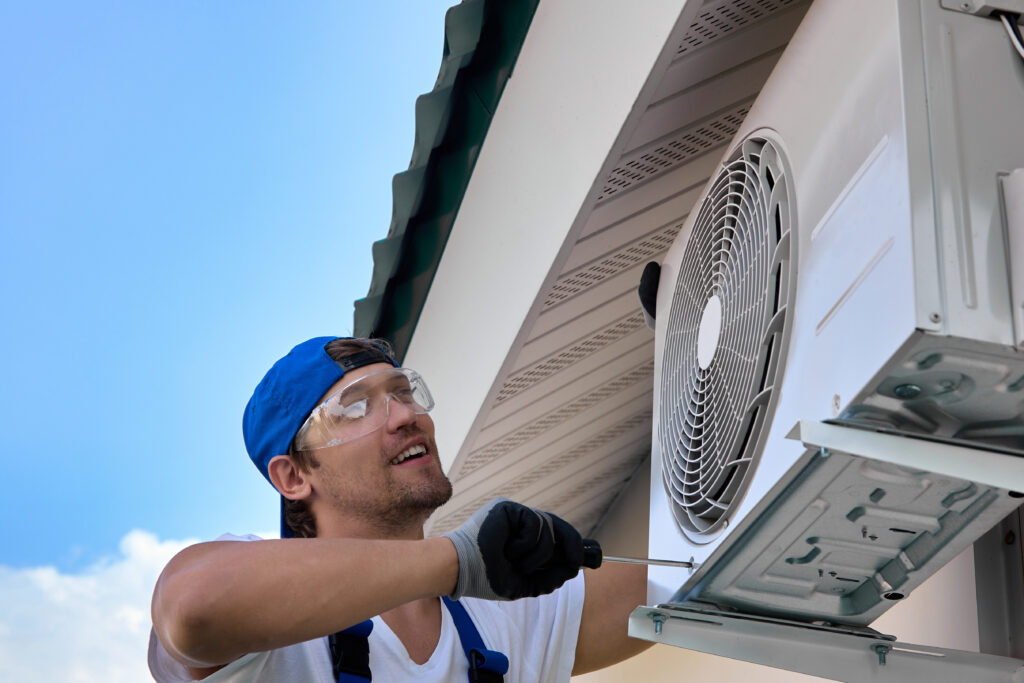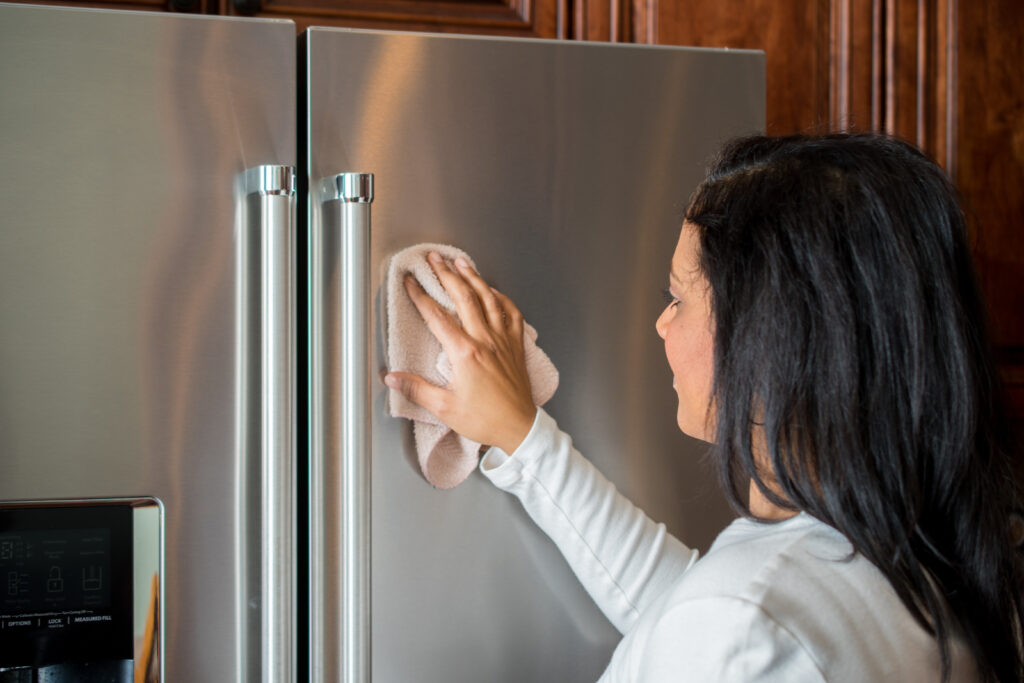Is R-22 Still Available, and What Does It Mean for Your Home Warranty?
Okay, deep breath—because we’re about to unpack something kinda technical, but super worthwhile if you own a home, especially if that home has a heating and cooling system that’s been around for a while. You may have landed here wondering, “Is R-22 still available?” and hey, maybe you’re hearing a lot of buzzwords like “freon phaseout,” “HVAC refrigerant ban,” or “can my home warranty cover this?” And the short answer is… kinda. R-22 is no longer being manufactured or imported into the U.S., but it’s still sort of lingering around. Stick with me because this actually impacts your home more than you might expect—and yes, your wallet too.
So, What Even Is R-22 Refrigerant?
Great place to start. R-22, also known as HCFC-22 or more famously, Freon, has been the OG refrigerant used in older air conditioners and heat pumps. It’s the chemical that cools the air by cycling through coils inside your HVAC system. Basically, no R-22, no cold air. For decades, it was the go-to choice for residential AC systems. Tons of homes built or renovated before 2010 probably rely on R-22. The thing is, we’ve learned a lot about how refrigerants like R-22 mess with the ozone layer—and not in a small way. So, yeah, R-22 got benched. Still around? Somewhat. But new units don’t use it anymore, and stocking R-22 is basically a treasure hunt now (and not the fun kind).
Wait, Why Is R-22 Being Phased Out?
Here’s the deal. R-22 is classified as an HCFC, which stands for hydrochlorofluorocarbon—science-y name, nasty consequences. HCFCs punch holes in the ozone layer, which is a big no-no because it protects all of us from harmful UV rays. So, in the spirit of being kind to Earth and, well, surviving, the U.S. Environmental Protection Agency (EPA) required all production and import of R-22 to stop as of January 1, 2020. It was a staggered fadeout, not a cold turkey ban. It didn’t mean systems using R-22 were illegal or unusable—it just meant that if your system still needs R-22, good luck finding it without paying a premium.
What If My AC or Heat Pump Still Uses R-22?
So here’s where it gets personal. If your HVAC system was installed before 2010, there’s a strong chance it uses R-22. If it’s working fine, no sweat—you don’t need to toss it out. But if it springs a refrigerant leak, or if the compressor fails, repairs could get pricey. Why? Because R-22 is now what the market calls “limited supply,” which is code for expensive. And, heads up, most home warranty plans don’t cover obsolete refrigerants because there’s no newer supply being made—though there’s a twist coming up on that. Also, as parts wear out, full replacement might be your best bet. Just to level-set: modern HVAC systems use R-410A now, which is better for the planet and easier to find.
Okay, So Can My Home Warranty Cover R-22 Systems?
This is the million-dollar (hopefully not literally) question. Some home warranties do cover systems that use R-22, but it depends on the fine print. Like, really small, frustrating fine print. Many basic plans will fix things like fans or thermostats, sure, but they won’t replace an HVAC system just because it runs on R-22. Also, they often won’t cover the actual cost of R-22 refrigerant—even if you do find a licensed HVAC tech who has some on hand. That’s where modern home warrant providers—like Armadillo—really shine. They’re way more transparent about legacy systems. And better yet, they focus on keeping homeowners informed instead of frustrated.
What Are Your Options If You Still Have an R-22 System?
You’ve basically got three paths here. First, you can gamble that nothing goes wrong and roll with what you’ve got—cost-effective short-term, risky long-term. Second, you can retrofit your old system to work with a different, EPA-approved refrigerant, but this option isn’t possible for every unit and can be costly. Third, and yeah, it’s a bigger upfront investment, you can replace your system altogether with one that uses modern refrigerants. This third option can feel like a wallet-punch at first, but it makes long-term financial sense and makes you more warranty-eligible for HVAC protection down the line.
Signs It’s Time to Replace Your R-22 System (Even Before It Fails)
If your home system wheezes to life, sounds like it’s coughing every time it kicks on, or just… doesn’t cool like it used to, that’s a flag. Combine that with sky-high utility bills or uneven room temperatures, and it might be time to start browsing HVAC catalogs. Also, if you’re paying for R-22 top-offs more than once a year, you’re probably hemorrhaging refrigerant—and money. Another telltale sign? If your technician starts using words like “decertified,” “retrofit,” or just sighs heavily before they talk numbers. These are not ideal vibes. In those cases, consider it your cue to explore a modern setup and get warranty-ready with something built to last and easier (and cheaper) to maintain.
Why Choosing Armadillo for Your Home Warranty Makes All the Difference
Let’s be real. Navigating HVAC rules, juggling refrigerant bans, and decoding warranty coverage? Not the kind of hobby most of us go looking for. That’s why we really recommend checking out Armadillo. They’re changing the way home warranties work—less red tape, more honesty. They actually break down what systems are covered and what’s not, including legacy setups like R-22-using HVACs before they fully fizzle out. Better yet, Armadillo makes it easy to build a custom plan that fits your home situation today—not some outdated, one-size-fits-no-one model. And if you’re ready, you can start tailoring your warranty in a few clicks right here.


























